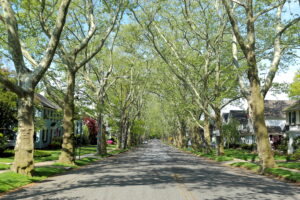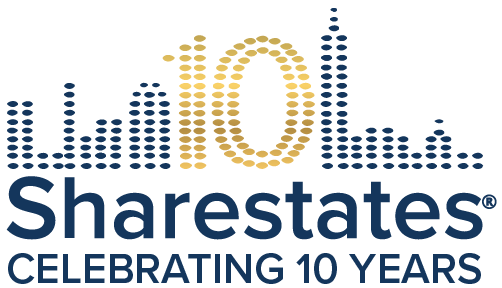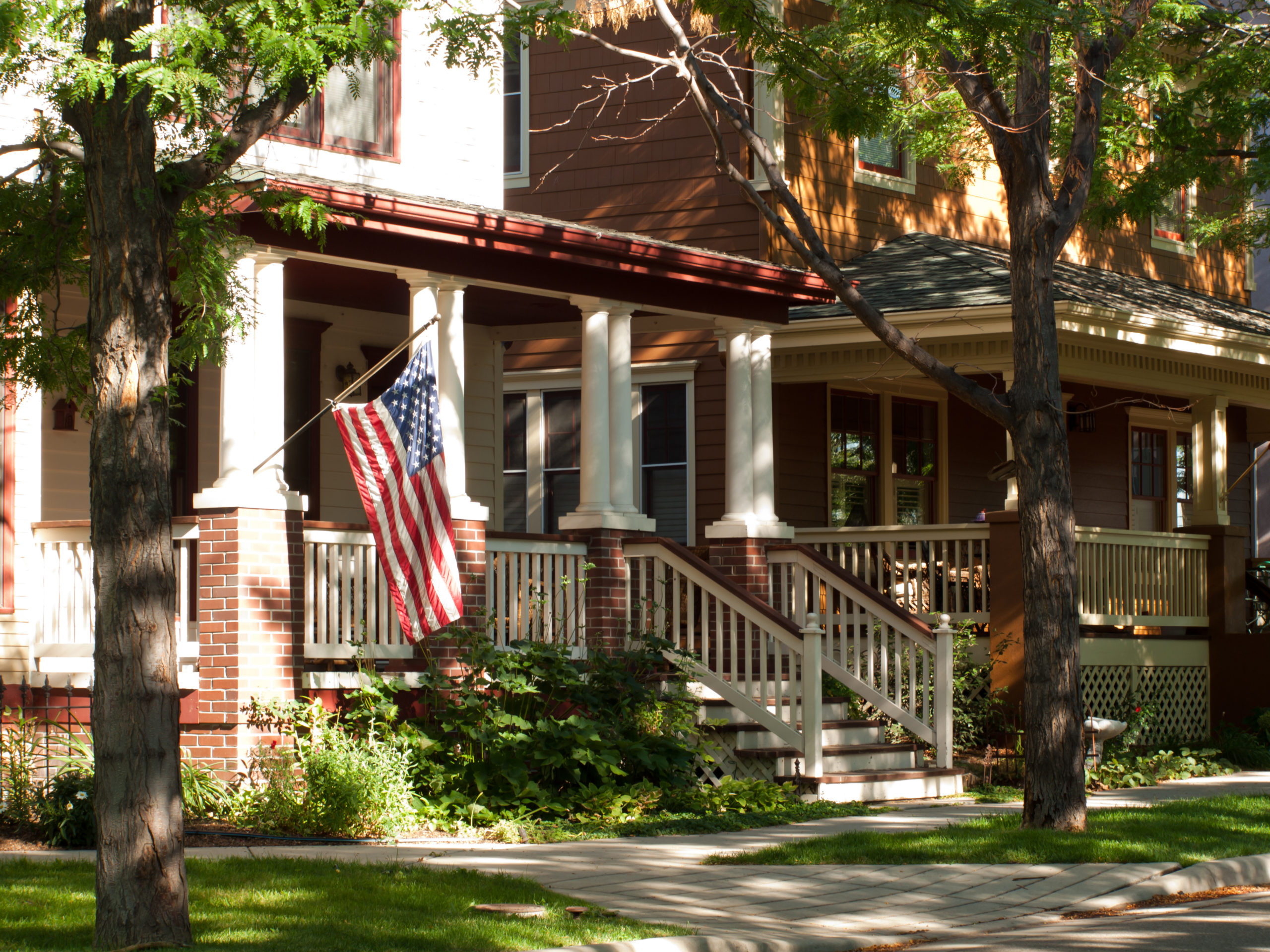Bank of America and JPMorgan Chase have both stated that they will resume foreclosures while Wells Fargo is waiting until the end of the year. In April, 1.8 million homes not in forbearance were more than 90 days delinquent, which means that we could see a huge leap in foreclosures in the single-family housing market. If so, it will mean the moratorium simply created an artificially low-volume foreclosure market.
In 2020, foreclosures were the lowest they’ve been in 16 years. In fact, they were 90 percent lower year-over-year despite 3.4 million mortgages more than 90 days delinquent. That indicates that the pandemic-related moratorium kept the single-family housing market propped up for most of the year while loan foreclosures ran on fumes.
According to ATTOM Data Solutions, foreclosures rose 16 percent from January to February this year while down 77 percent from a year before. The highest foreclosure rates in February were in Utah, Delaware, and Florida. The foreclosure rate has since come down a bit.
The State of Single-Family Starts
The year kicked off with single-family housing starts down 8.5 percent. The primary driver was the cost of lumber, which increased the cost of new home construction by as much as $24,000, on average. Interest rates on new loans were another factor that contributed to this decline. Add up the additional cost of materials and the higher cost of obtaining a loan and that put some downward pressure on new housing starts.
 While starts were down at the beginning of the year, they were higher than the first two months of 2020, by 6.4 percent, which means that housing starts in 2020—the year of the pandemic—increased by 36 percent.
While starts were down at the beginning of the year, they were higher than the first two months of 2020, by 6.4 percent, which means that housing starts in 2020—the year of the pandemic—increased by 36 percent.
Homebuilders reported holding off on new construction projects in April. Single-family housing starts dropped 13 percent from the month before, the biggest drop since April 2020.
In May, new housing starts remained steady as the market increased overall year-to-date. That’s good news for the real estate market, which has seen a 31 percent increase in housing starts this year. Though housing starts are up, permit issuances are down. The higher cost of new construction permits is having an impact on builders’ plans. If foreclosures skyrocket in July, then that could have a negative impact on new housing starts later in the year. Homebuyers search for the best real estate deals in a market tilted toward higher supply than we’ve seen in later months. That could lower the price of homes in some markets.
Zillow, in its Daily Market Pulse on June 17, also reported higher inventory in May. For-sale inventory rose 3.9 percent from April to May while home values increased 13.2 percent year-over-year. Zillow also reports new home construction was up 3.6 percent from April and 50.3 percent from the previous May. Lumber prices have come down but are still high.
The Federal Reserve announced earlier this month that it will step up its timeline for interest rate increases. Before, the Fed didn’t expect any increases until 2024. Now, the expectation is 2023, and it could come in two different hikes. The announcement caused mortgage rates to bounce.
Overall, builders and real estate professionals across the country are optimistic about new housing starts.
What’s Happening in the Single-Family Rental Market
CoreLogic reports a single-family rent growth of 5.3 percent this year. With housing demand exceeding supply, it’s likely that the rental market will do well. After the moratorium on foreclosures is lifted this month, a glut of homes entering the market could drive down real estate prices allowing some renters the ability to buy some of those homes. However, if loan rates increase, then some of those potential home buyers could be priced out of the market for
buying a home.
Wall Street investors continue to sweep up rental homes. Still, institutional investors make up an exceedingly small portion of the 49-million single-family home rental market. If these investors go on a buying spree when new foreclosures hit the market, that could drive up
single-family rents.
Where are the Hot Single-Family Markets Right Now?
The pandemic hasn’t hurt the single-family housing market. There have been some ups and downs, but it’s still strong. In some areas of the country, it’s booming.
In Boston, the median price of a home in May 2021 was 11 percent higher than the previous May. Homes are on the market an average of 22 days, 59 percent lower than the year before.
 Austin, Las Vegas, and Riverside, California also saw huge listing price increases year-over-year while Washington D.C. remained steady. Nationally, active listing prices grew 7.4 percent from May 2020 to May 2021, although that is a sharp decline from the 11 percent experienced a month before.
Austin, Las Vegas, and Riverside, California also saw huge listing price increases year-over-year while Washington D.C. remained steady. Nationally, active listing prices grew 7.4 percent from May 2020 to May 2021, although that is a sharp decline from the 11 percent experienced a month before.
The best regional markets are in the west and the south. In Phoenix, Arizona, some homeowners are seeing extraordinary interest in their houses, proving that the current market is a seller’s market. It’s anecdotal, but one family accepted an offer of $50,000 above their asking price after receiving 25 offers in two days. Real estate market insiders say Phoenix has never seen demand so high, but, like other parts of the country, there just isn’t enough inventory to fulfill that demand.
The same story is being told in other metro areas around the country. Rutherford County, Tennessee is another hot market. Four of the top 10 zip codes in the Nashville area are in Rutherford County.
Several factors are driving home sales in Rutherford County. First, it has a strong job market. It also has a lower cost of living and good neighborhoods with a strong education system. These are the kinds of cultural amenities that families look for in a neighborhood and that can drive strong single-family home sales.
Nashville is listed on HomeUnion’s top 10 best single-family markets in the U.S. The other nine are Milwaukee, Wisconsin; Indianapolis, Indiana; Tampa, Florida; Birmingham, Alabama; Jacksonville, Florida; Cincinnati, Ohio; Baltimore, Maryland; Orlando, Florida; and Charlotte, North Carolina. Seven of them are in the south. In most of these markets, a consistent job market is one of the reasons the single-family market is so strong. Of course, this correlates with strong real estate market fundamentals.
At the end of the day, the single-family real estate market is strong and looking good for the foreseeable future. But a lot rides on what happens after the foreclosure moratorium comes to an end.


